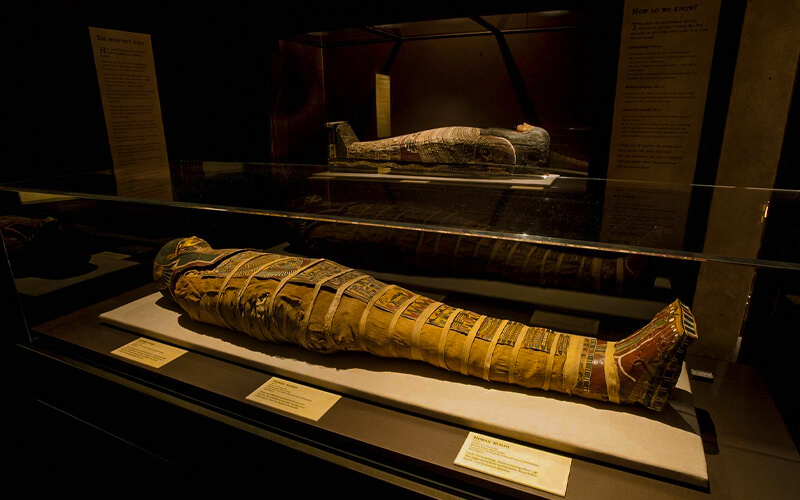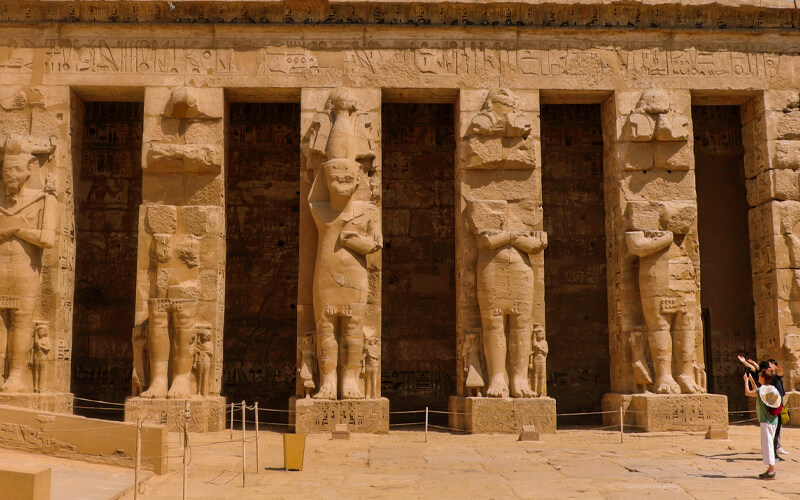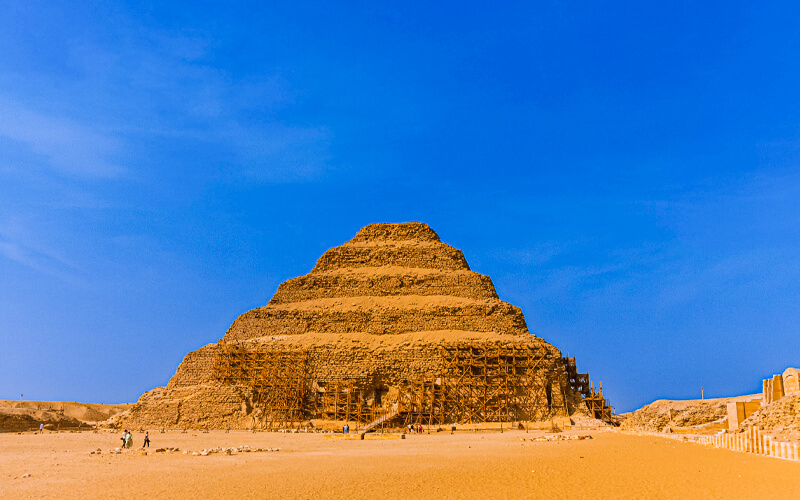Mummification Museum
The Mummification Museum
Museu de la Mummification: One of the most astonishing things about Egypt is that it has outstanding museums and a diverse collection of monuments devoted to the country’s ancient history. It is for this reason that they are deserving of the thousands of visitors and residents of the zone who visit them on a month-to-month basis.
A unique and exciting show to see and study is located in the neighborhood of the magnificent Nile River, more specifically in the endless and magical city of Luxor, the ancient Thebes, where the Mummification Museum is located. At that location, the ancient art of mummification is fully mirrored in the time of ancient Egypt, which shone in three distinct eras known as the Old Kingdom, the Middle Kingdom, and the New Kingdom, respectively. In addition to seeing mummified animals, you may learn about many of the instruments and materials that were employed at the time for these duties.
Located on the Nile’s banks, this modest museum has a unique exhibit illustrating the method of mummification used by the ancient Egyptians.
There are instruments for extracting internal organs, chemicals for treating the body, and objects required by the mummy on its trip to the afterlife on exhibit in this section.
In Deir el-Bahri, archeologists discovered the entire mummies of Maseharti, a high priest and commander of the 21st Dynasty, as well as Maseharti’s painted coffin.
There is also a mummified cat, which is the emblem of the goddess Bastet, and a mummified ram, which is the sign of the deity Khnum, which is on displayed.
Among the educational artifacts in the exhibit is a cross-section of a mummified skull that has been packed with the material after the brain has been taken from it. In addition, there is a bit of a mummified toe.
The Mummification Museum, which opened its doors in 1997 and is positioned adjacent to the majestic Museum of Luxor, which opened its doors in 1975, is a non-profit organization whose primary mission is teaching. A major objective of the exhibition is to demonstrate how the ancient Egyptians said their deceased goodbye and preserved them, in effect preparing them for the trip to a new life that they were about to embark on.
It is possible to come into close visual contact with a plethora of ancient artifacts of immeasurable value: limestone headrests, ointment jars, tools used in various rites, chests, and numerous animals (rams, cats, ducks, crocodiles, parts of oxen, and many others). The Museum of Mummification, in addition to providing a natural chance to see, provides further enrichment by allowing visitors to study the mummification procedures that were utilized in ancient Egypt.
If you want to spend a fantastic vacation check out our amazing Egypt Vacation packages or Luxor Excursions to find the best way to travel to Egypt for you.



